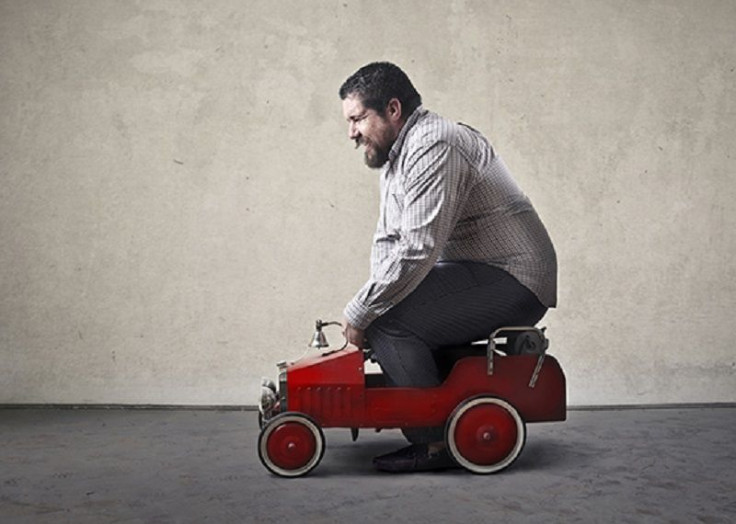Australian study cites health hazards of spending too much time sitting in car

Although it has been established that excessive sitting is bad for health, standing desks are not the ideal solutions to the situation, according to the findings of a work study group. But it is not just office work or other types of employment wherein people spend long hours on a chair.
The daily travel to work for motorists also involve long hours seated, worsened by the gridlock in many urban centres. A study by the Australian Catholic University’s Institute of Health and Ageing found that Aussie drivers spend an average of one hour daily in their travel to work and back home, while 20 percent spend 90 minutes or longer in their vehicles, reports the Sydney Morning Herald.
The research had 2,800 Australian adults as respondents, aged between 34 and 65. It took into account the diet, alcohol consumption, socio-economic factors and physical activity of the respondents.
The study found a big difference in the health outcomes of those who spend 15 minutes or less compared to those who drive an hour daily, says Professor Takemi Sugiyama, lead author of the study. Those who drive one hour or longer are heavier and wider.
The excess weight is about 2.3 kilogrammes, while the additional flab is about 1.5 centimetres. The study is significant in view of the rising obesity rates in the country as well as diagnoses of chronic ailments often linked to weight problems, and the high rate of Australians who drive to work at 78 percent, according to the Australian Bureau of Statistics.

Sugiyama concludes, “Prolonged time spent sitting in cars, in particular over 1h/day, was associated with higher total and central adiposity and more-adverse cardio-metabolic risk profile.” The findings are expected to provide a compelling body of evidence on the negative impact of too much time spent in vehicles on health and the push by transport sectors to promote more active travel to reduce traffic, air pollution and proliferation of vehicle-related infrastructure.
But he admits, public transport, biking or walking to work is not an option for some Australians as cities expand with population growth. As more communities are build further from the city centre, more residents of these areas would have less access to public transport and people have not much choice except to rely on their vehicles to go to work. “Infrastructure initiatives are needed to enhance the health of those people.”
VIDEO: Are You Sitting Too Much?





















